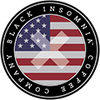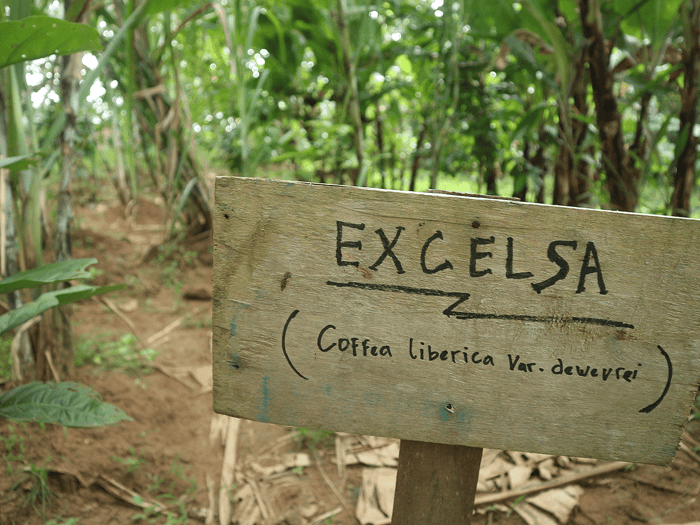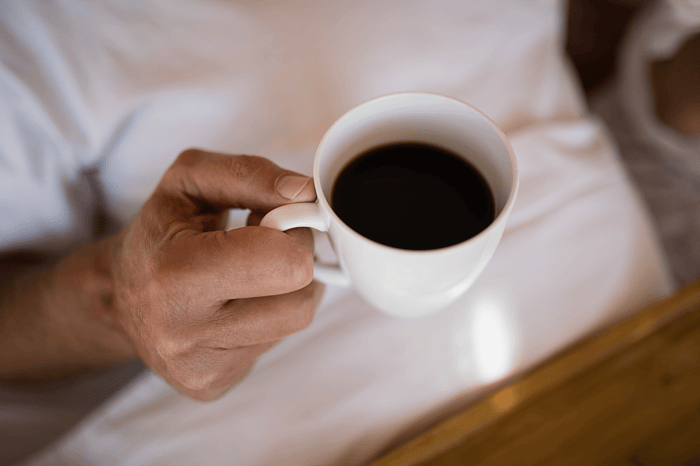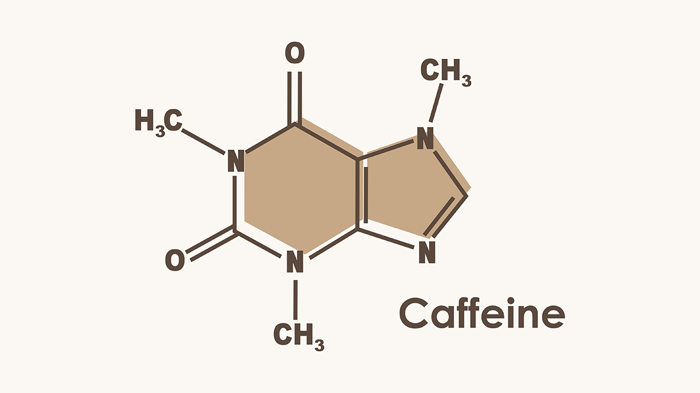Arabica, Robusta... Liberica?
If you're like a character in any TV commercial made since 2016, you probably just did a: "Wait, what?"
You're not alone, my friend. Most coffee drinkers have never heard of Liberica, and even many in the coffee industry don't know too much about it.
Here's everything you need to know about this mysterious coffee:
So, what is Liberica?
Liberica is a coffee species that was actually once one of the more popular coffees in the world. It's still grown in several countries, but it has largely been replaced by Arabica and Robusta.

In fact, liberica coffee accounts for less than 1% of the total coffee production and consumption worldwide today—which is probably part of why you've never heard of it. Most of the Liberica grown today comes from the Phillippines, though it's also grown in Malaysia, Indonesia, and the Seychelles.
Liberica Coffee Beans
The beans are typically larger than other types of coffee beans, and have a distinctively flat shape. They're more or less "football" shaped.
Now, I know what you're saying. All coffee beans are football shaped. Well, technically they're oval shaped, but that's not the point.
These guys are even more football shaped than robusta and arabica beans. That is, they're pointier at the ends, just like the ol' pigskin you used to toss around in the yard. (Can you tell I never did this?)

What does Liberica coffee taste like?
The general flavor of Liberica coffee is also distinct from arabica and robusta. It's often described as being fruity and floral, or sometimes even woody. Despite these flavor notes, liberica coffee has a slightly bitter taste, with a full body, and is also typically darker in color than other coffees.
What... happened to Liberica Coffee?
If it's so great, why isn't Liberica coffee more popular today?
The main reason is that Liberica coffee trees have a very low yield compared to Arabica and Robusta coffee plants. This makes them less profitable for farmers, and much more expensive for coffee roasters and consumers. (The cost of production of Liberica is actually 3 times more expensive.)
Another reason is that Liberica coffee has a much lower caffeine content than Robusta, and even lower than Arabica. Need I say more?
In recent years, there has been some interest in reviving the Liberica coffee industry, but due to its high cost (for roasters and consumers) and low caffeine content, it remains a niche product.

However, you might see more Liberica in the future, as coffee farms continue to search for ways to diversify their crops. Not only is Liberica more tolerant when it comes to different/changing climates, and more tolerant of different types of soil; it's also more resistant to disease and pests than Arabica.
All of these things are making it a more attractive option for farmers, though it'll probably be a while before we see a real resurgence in popularity.
(Personally, the caffeine thing is a dealbreaker for me, but I'm sure there are plenty of people out there who like paying a lot more for coffee with less caffeine. If that's you, then Liberica might be the coffee for you!)
(and, if not..)






